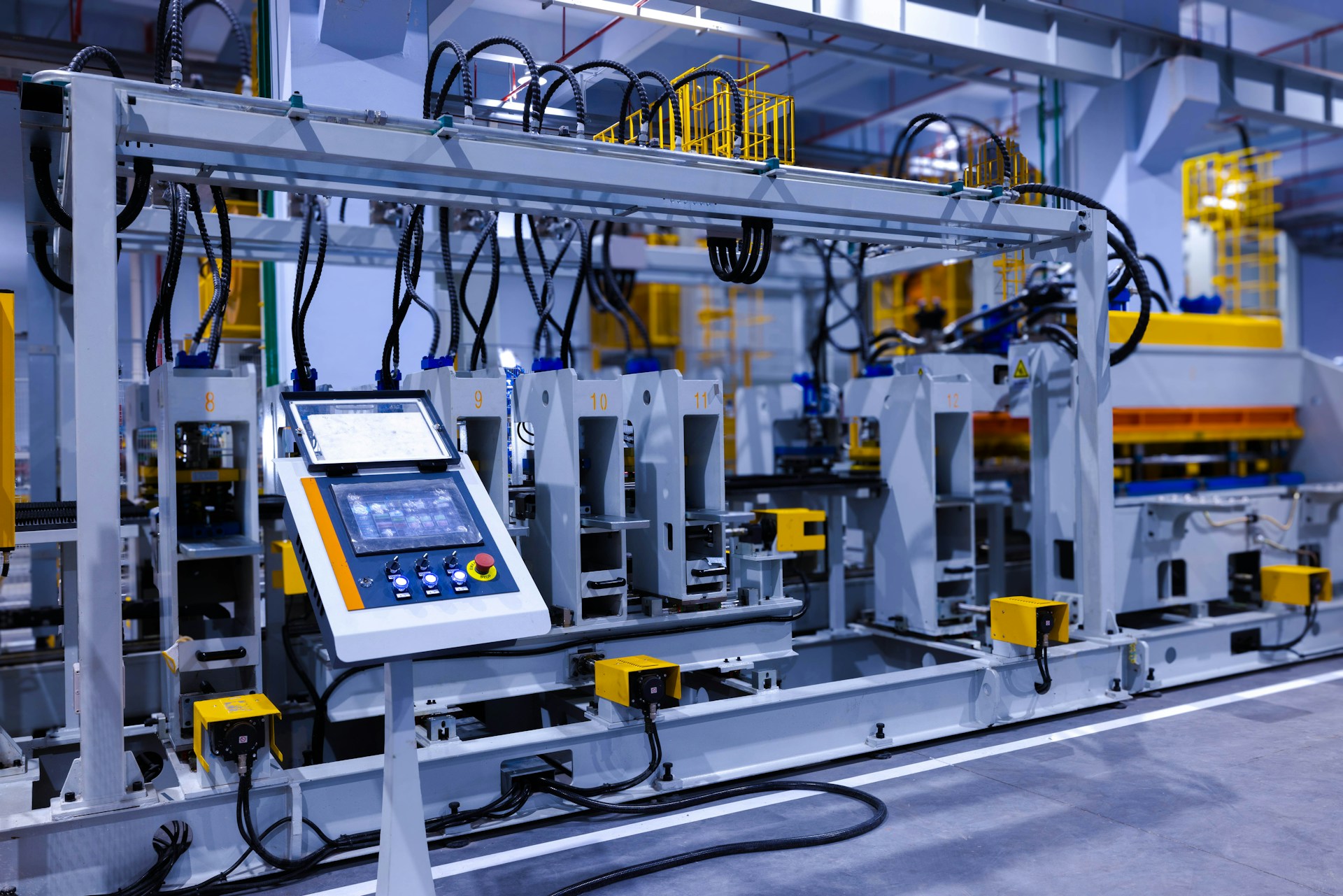
The Future of Factory Power: Exploring Initiatives for Industry Energy Efficiency
We are reader-supported. When you buy through links on our site, we may earn affiliate commission.
The industrial sector is a global powerhouse, particularly in the United States. However, its energy consumption has long been a stain on its social and ecological responsibilities. As operational costs skyrocket and the environment becomes an increasingly hot topic, industrial energy efficiency is at the forefront of factory power discourse.
By embracing energy-efficient solutions and practices, wide-ranging industries have the potential to benefit the planet for future generations and grow their revenue streams. Delve into the challenges facing the industrial and manufacturing sector and identify areas for improvement in energy waste, machinery, and management.
The Industrial Energy Challenges
The industrial sector uses 33% of electricity globally, particularly for residential housing and businesses. In the U.S., manufacturing accounts for 77% of industrial energy use, with chemical, paper, petroleum and coal, and metals production in the lead.
According to the U.S. Energy Information Administration, 41% of manufacturing fuel came from natural gas in 2018, while manufacturers used 16% of total energy as feedstocks to generate products.
Although the manufacturing footprint has declined since scientists began measuring the impacts — a 16% decrease from 2002 to 2010, with a slight 3% increase from 2010 to 2018 — industrial energy efficiency has a long way to go.
However, there is hope for a continuing downward trend as businesses lean into environmental intelligence. Currently, 90% of leaders prioritize social responsibility, creating essential ecological initiatives to build a more sustainable sector.
Powering Up Industry Energy Efficiency: 3 Key Solutions
Thanks to a slew of new regulations, practices, and technological innovations, industries are finally cleaning up their act, paving a greener path for everyone. Although an adjustment, these developments aim to streamline manufacturing workflows through renewable energy and automation. Here are three critical solutions aiding industrial energy efficiency.
1. Smart Manufacturing and Automation
There are many reasons why companies are turning to smart manufacturing. In addition to helping companies identify opportunities for reduced energy consumption and waste operations, this approach addresses the ongoing challenges of labor shortages. Sixty-five percent of manufacturers cannot fill job vacancies, with 82% investing in optimization and workforce enablement. Their solution: 33% say process automation has the greatest return on investment.
Industrial automation replaces people with technology to complete tasks. The integration of automation helps reduce human error and improve overall productivity and efficiency. For example, robotic assembly lines and materials handling — conveyor belt systems, robotic arms, and automated guided materials — move resources and products through factories with the highest precision.
2. Renewable Energy Sources
The ongoing adoption of renewable energy has meandered through every industry, and manufacturing is no exception. Companies have turned to solar, wind, geothermal, and biomass to power factory operations. As a result, many have been able to reduce their emissions, save money, and increase their sustainability.
The use of renewables still lags behind conventional energy sources, though. For instance, biomass accounted for 8% of the industrial sector’s total energy use. By 2050, experts predict biomass and other renewable sources will still only account for 21% of total consumption and feedstock in manufacturing. The potential is there, but its roll-out continues to be a slow and steady process.
3. Technology Advancements
The latest technological developments have given industrial energy efficiency the green light. Manufacturers would be remiss to pass up an opportunity to incorporate these technologies into operations and production. Here are a handful of solutions taking the sector by storm.
Energy-Saving Machinery
Leveraging energy-efficient machinery helps industrial facilities reduce their ecological footprints and operational costs. Solutions may include high-efficiency motors that use less energy with the same output levels. Another advancement is variable speed drives, which control electric motor speeds to match equipment specifications without wasting energy.
IoT Sensors
Colgate-Palmolive has made achieving net zero by 2040 among the company’s top sustainability goals. To do this, its leaders have turned to smart flow pneumatic sensors backed by the Internet of Things to monitor airflow, identify leaks, and optimize efficiency in real-time. As a result, Colgate’s energy consumption decreased by 15% in its toothpaste and toothbrush packaging lines.
LED Lighting
Swapping out traditional incandescent light bulbs with energy-efficient light-emitting diode (LED) light bulbs is a simple fix with significant savings for commercial businesses. The industrial and manufacturing sector is no different.
According to Energy Star, LEDs use 90% less energy without compromising the brightness of incandescent bulbs. They also last 15 times longer and produce less heat, requiring less frequent replacement and reducing building cooling costs. By 2027, widespread LED use could reduce the national electricity consumption to the equivalent of 44 power plants’ annual electricity outputs, saving $40 billion.
Heat Recovery Systems
In an industrial setting, heat recovery systems capture waste heat created through various production processes — such as welding and glass manufacturing — and rechannel it for new use. Additionally, waste heat boilers can generate steam for power.
This application limits the need for conventional industrial heating sources and lowers the amount of greenhouse gases. Companies can then fast-track their sustainability endeavors and transform greener industries.
Building Management Systems
Building management systems (BMS) are a holistic approach to industrial energy efficiency, concentrating on smart building functioning. It considers a facility’s building the central nervous system, providing intelligent control over lighting, fire safety, security, energy use, and heating, ventilation, and air conditioning.
For example, BMS can enable real-time surveillance of fire safety systems for faster emergency response. Lighting control may also include automatically adjusting brightness and use depending on building occupancy. Overall, BMS aims to improve building comfort and operational efficiency and deliver invaluable insights for energy efficiency.
Greener Is Cleaner: Transforming Industrial Energy for the Future
The industrial sector is far from becoming fully automated for energy efficiency, but current strides paint a favorable picture of what is to come. As more technologies are underway to improve sustainability, manufacturers are eagerly integrating new systems and optimizing their processes to stay ahead of the curve. These efforts look promising for industries overall as business leaders lean further into their environmental and social responsibilities.
Share on
Like what you read? Join other Environment.co readers!
Get the latest updates on our planet by subscribing to the Environment.co newsletter!
About the author

Jane Marsh
Starting from an early age, Jane Marsh loved all animals and became a budding environmentalist. Now, Jane works as the Editor-in-Chief of Environment.co where she covers topics related to climate policy, renewable energy, the food industry, and more.





